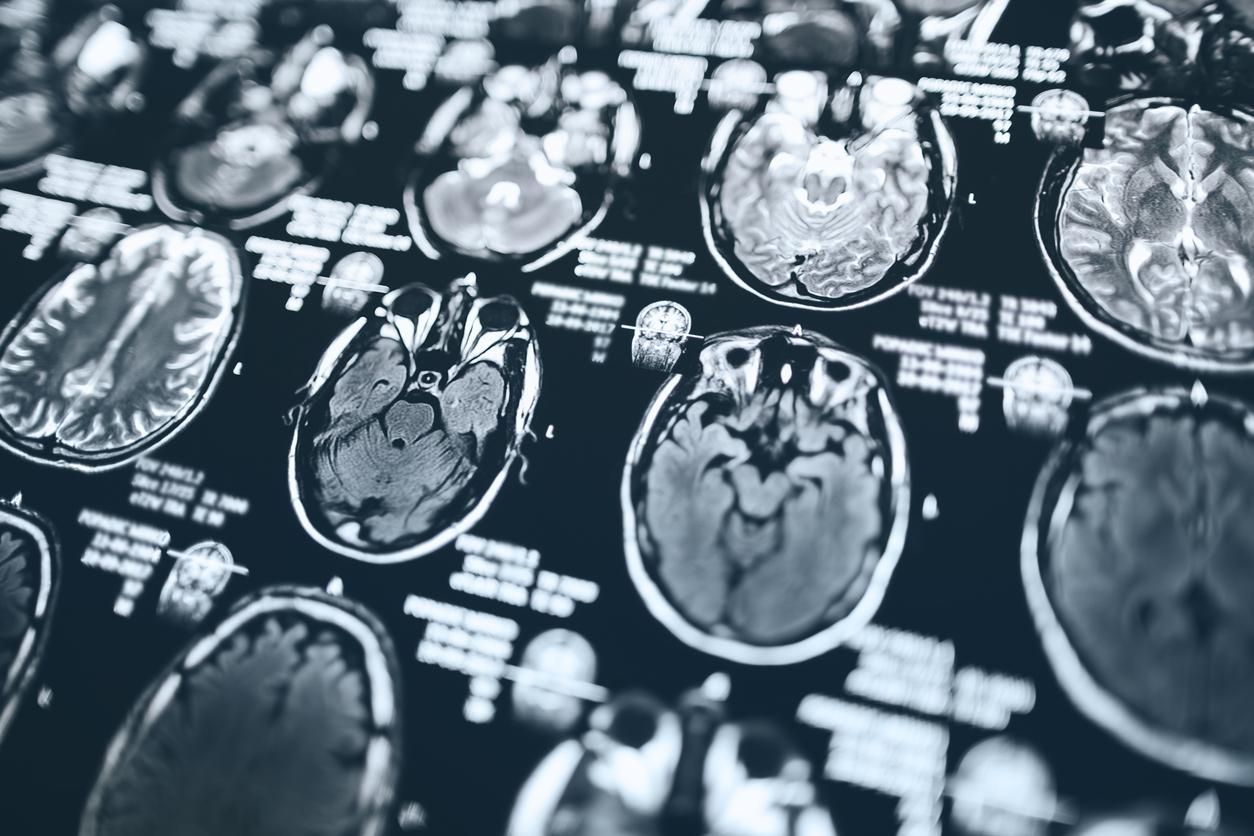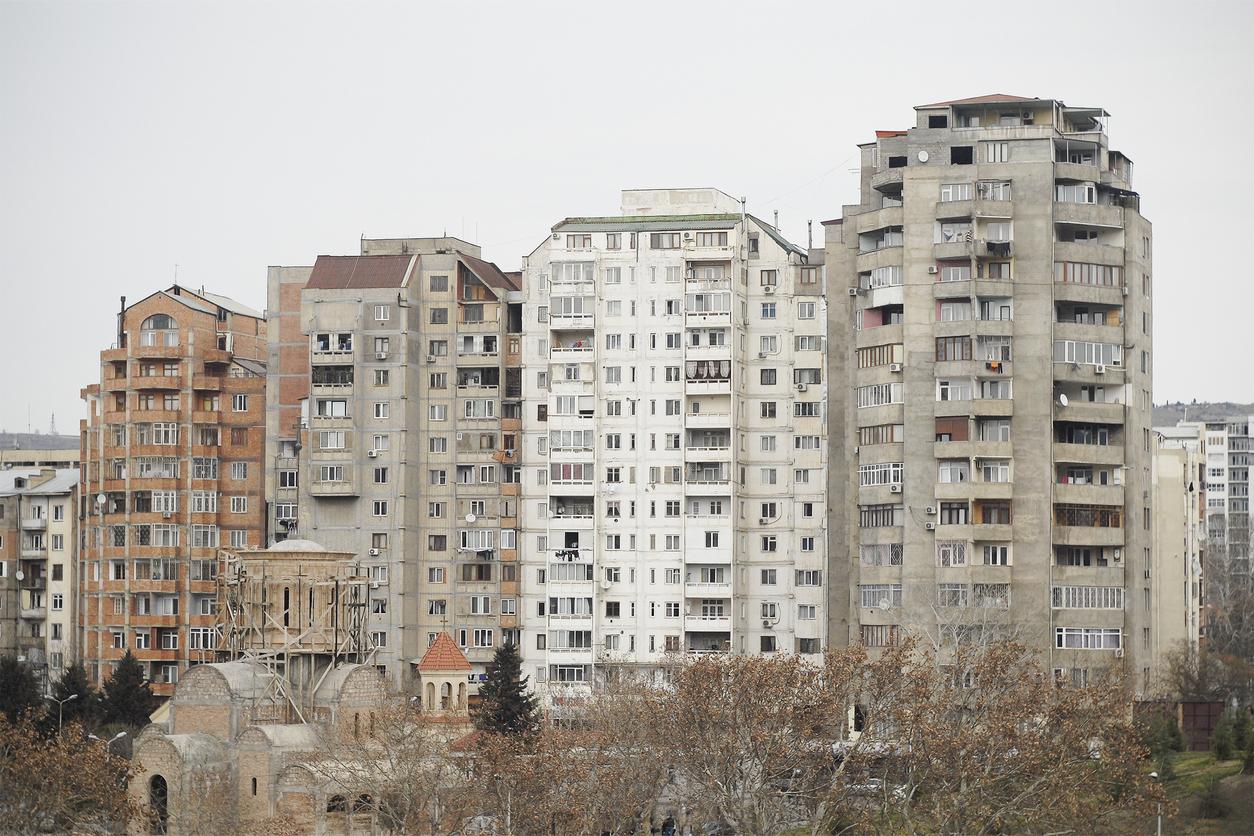
The Covid-19 crisis has repercussions on general and psychological health, but also on oral health. This is the finding established by several dentists and osteopaths, who are taking care of more and more patients suffering from bruxism.
What is bruxism?
Bruxism is also called ” teeth grinding “. This phenomenon can occur during the day, but it is more common at night. Therefore, it is less easy to control than during the day. The person who has bruxism squeezes the lower teeth tightly against the upper teeth and unconsciously moves back and forth, which can have long-term repercussions. Indeed, bruxism also involves exerting too much and constant pressure on the muscles and structure of the jaw. It can then cause pain or cracking in the jaw, in addition to wearing out more quickly the teeth, which can become shorter and shorter. The tooth can also be weakened as well as the enamel, which can cause a fracture of this one, a detachment of bridge or a dental crown crack. Bruxism is often identified by the partner because the grinding person makes noise at night.
What is the link with the health crisis?
Generally, it is the psychological aspect, in particular the stress, which amplifies the phenomenon of bruxism. Obviously, the Covid-19 epidemic has repercussions on the mind and could have been a significant stressor for some people. Bruxism is an unconscious reaction to the ubiquitous tension since the onset of the coronavirus crisis. In addition, wearing a mask may not accentuate bruxism problems, but promote the creation of reflexes to clear the nose or mouth of the mask.
Consequences on the whole body
But it’s not just on the teeth and jaw that bruxism has an impact. Indeed, pain can be felt in the neck. Additionally, the person who has bruxism may experience headaches or migraines, especially in the morning. Osteopaths also indicate that jaw disorders can cause postural imbalances, in addition to muscle pain. Usually the whole body is contracted.
There are solutions
When the diagnosis is made, the dental professional can provide solutions to the patient to relieve the jaw and teeth. There is the possibility of putting on a splint or an occlusal plate during the day or at night. The teeth will then no longer creak between themselves, but on the resin of the plate. Thus, they do not wear out. This treatment does not, however, cure the problem. In addition, as soon as the patient stops using it, the symptoms and pain return. In prevention, he can perform relaxation exercises and massages of the jaw, in particular to relax the muscles. It is also advisable to avoid hard-to-chew foods.
















